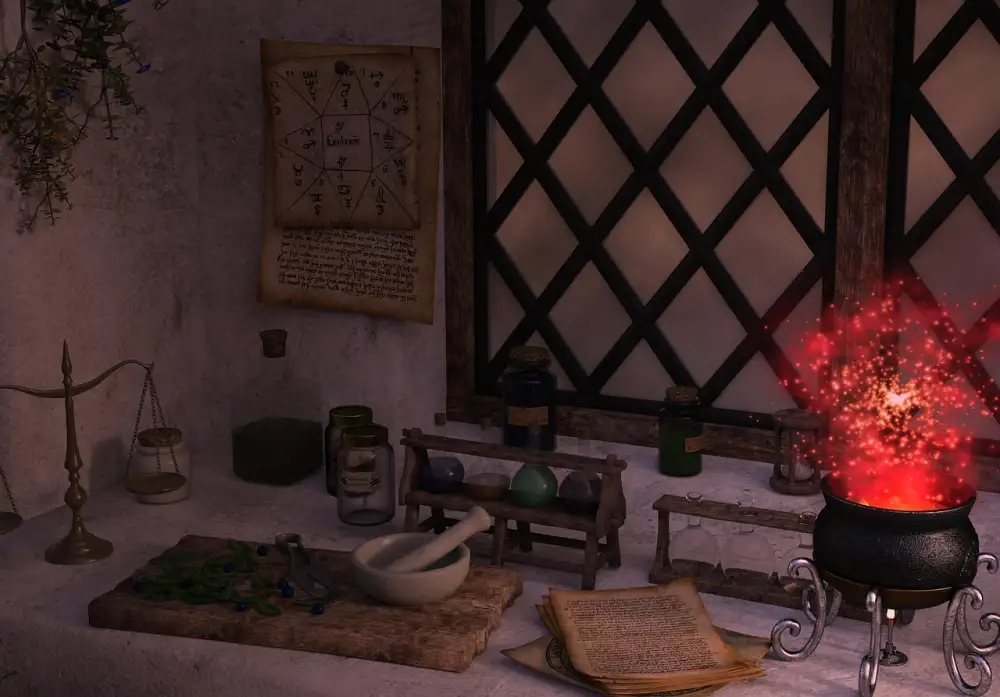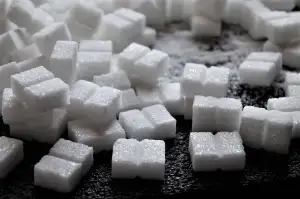Unlock the Full Flavor Potential: Master the Art of Grinding and Mixing with a Pestle and Mortar

- History and origins of the pestle and mortar
- The design and components of a pestle and mortar
- How to use a pestle and mortar effectively
- Benefits of using a pestle and mortar in food preparation
- Traditional recipes that require a pestle and mortar
- Tips for choosing the right pestle and mortar for your kitchen
- Maintenance and care of a pestle and mortar
The pestle and mortar, also known as a mortar and pestle, is a timeless kitchen tool that has been used for centuries to grind and mix ingredients. It consists of two components: a sturdy bowl-shaped mortar and a club-shaped pestle. This simple yet versatile tool is essential in many culinary traditions around the world, allowing cooks to unlock the full flavor potential of their ingredients. Whether you're crushing herbs, grinding spices, or making pastes and sauces, the pestle and mortar is an invaluable companion in the art of food enjoyment.
History and origins of the pestle and mortar
The pestle and mortar have a rich history that dates back thousands of years. This ancient tool has been used by various civilizations around the world, including the Egyptians, Greeks, Romans, and Chinese. The origins of the pestle and mortar can be traced back to prehistoric times when early humans discovered that grinding ingredients with a stone tool could enhance their flavor and texture. Over time, different cultures developed their own variations of the pestle and mortar, incorporating local materials and techniques. Today, this timeless kitchen essential continues to be cherished for its ability to unlock the full flavor potential of ingredients.
The design and components of a pestle and mortar
The design of a pestle and mortar is simple yet effective. It consists of two main components: the mortar, which is a bowl-shaped vessel, and the pestle, which is a heavy tool used for grinding and mixing. The mortar can be made from various materials such as stone, ceramic, or wood, while the pestle is typically made from the same material as the mortar for compatibility. The size and shape of the mortar can vary depending on personal preference and intended use. Some mortars have a rough interior surface to aid in grinding, while others may have a smooth surface for easy cleaning. The pestle usually has a rounded end for crushing and grinding ingredients within the mortar. Together, these components create a versatile tool that allows for precise control over the texture and consistency of ingredients during food preparation.
How to use a pestle and mortar effectively
To use a pestle and mortar effectively, start by placing the ingredients you want to grind or mix into the mortar. Hold the mortar steady with one hand while using the other hand to firmly grip the pestle. Begin by applying gentle pressure and using a circular motion to crush and grind the ingredients. Gradually increase the pressure as needed, but be careful not to apply too much force. Continue grinding until you achieve the desired consistency. For mixing, use a stirring motion with the pestle to combine ingredients thoroughly. Remember to take your time and enjoy the process of grinding and mixing, as it allows flavors to meld together beautifully.
Benefits of using a pestle and mortar in food preparation
Using a pestle and mortar in food preparation offers numerous benefits. Firstly, it allows you to unlock the full flavor potential of your ingredients. By grinding them slowly and gently, you release their natural oils and aromas, resulting in a more intense and complex taste experience. Secondly, a pestle and mortar gives you control over the texture of your dishes. Whether you want a coarse or fine grind, you can easily achieve it with this versatile tool. Lastly, using a pestle and mortar is a mindful and tactile experience that connects you to the ancient traditions of cooking. It allows you to slow down, appreciate the process, and truly engage with your food.
Traditional recipes that require a pestle and mortar
Traditional recipes that require a pestle and mortar are a testament to the versatility and importance of this kitchen tool. One such recipe is the classic pesto sauce, where fresh basil leaves, garlic, pine nuts, Parmesan cheese, and olive oil are ground together to create a vibrant and flavorful sauce. Another popular recipe is guacamole, where avocados, onions, tomatoes, cilantro, lime juice, and spices are mashed in a mortar to achieve the perfect texture. Additionally, curry pastes in Thai cuisine often require pounding together ingredients like lemongrass, ginger, garlic, chilies, and spices to create a fragrant base for curries. These traditional recipes not only showcase the unique flavors that can be achieved with a pestle and mortar but also highlight the connection between food preparation techniques and cultural heritage.
Tips for choosing the right pestle and mortar for your kitchen
When choosing a pestle and mortar for your kitchen, there are a few key factors to consider. Firstly, think about the material. Traditional options include granite, marble, and wood, each offering different advantages. Granite is durable and ideal for grinding tough ingredients, while marble is better suited for delicate herbs and spices. Wood is great for crushing seeds and nuts but may require more maintenance.
Next, consider the size of the pestle and mortar. A larger mortar provides more space for grinding ingredients, but it may be too heavy or take up too much counter space. Conversely, a smaller mortar may be easier to handle but could limit the amount of ingredients you can grind at once.
Additionally, pay attention to the shape of the mortar. Some have a deep bowl shape that prevents ingredients from spilling out during grinding, while others have a shallower design that allows for easier mixing.
Lastly, don't forget about aesthetics. Choose a pestle and mortar that complements your kitchen decor and reflects your personal style.
By considering these tips when selecting a pestle and mortar, you can ensure that you find one that suits your needs and enhances your culinary experience.
Maintenance and care of a pestle and mortar
Maintenance and care of a pestle and mortar are essential to ensure their longevity and optimal performance. After each use, it is important to clean the pestle and mortar thoroughly with warm water and mild soap. Avoid using abrasive cleaners or harsh chemicals as they can damage the surface. Additionally, make sure to dry them completely before storing to prevent any moisture buildup that could lead to mold or bacteria growth. It is also recommended to occasionally season your pestle and mortar by grinding a handful of uncooked rice or salt in it, then discarding the residue. This helps remove any lingering flavors and keeps the surfaces smooth. With proper care, your pestle and mortar will continue to be a reliable tool in your kitchen for years to come.
In conclusion, embracing the art of food enjoyment with a pestle and mortar can truly elevate your culinary experience. By grinding and mixing ingredients by hand, you unlock the full flavor potential of your dishes. The rich history and versatile design of the pestle and mortar make it a valuable tool in any kitchen. From traditional recipes to modern creations, this ancient tool adds depth and complexity to your meals. So why not choose the right pestle and mortar for your kitchen, take care of it properly, and explore the endless possibilities of flavors that await you? Embrace the art of grinding and mixing, and let your taste buds rejoice in the wonders of homemade goodness.
Published: 02. 12. 2023
Category: Food



